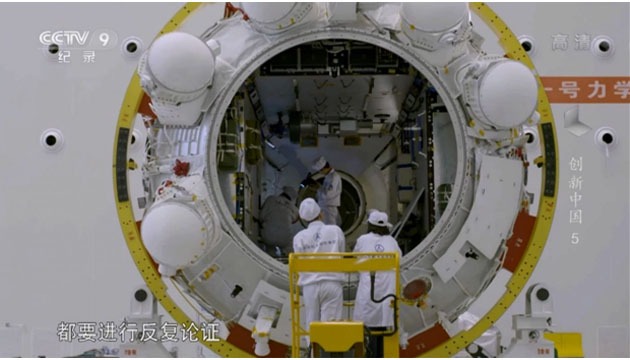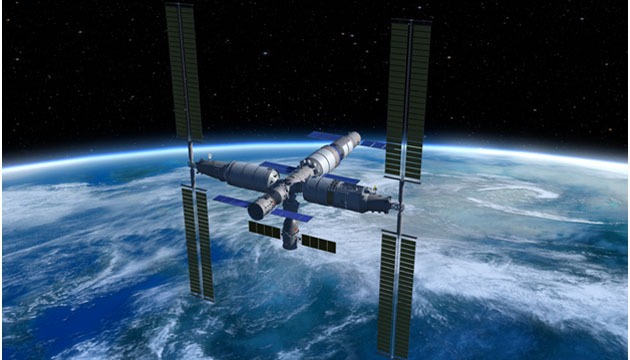“The selection consists of three periods, and we will select not only males but also female candidates for the third batch of astronauts,” Yang Liwei, deputy head of the China Manned Space Agency (CMSA), said in Beijing on April 23.
The selected candidates will be trained for missions to the Chinese Space Station (CSS), a project which brings new demands for spaceflight and expertise.
“The scope will cover not only pilots from the People’s Liberation Army Air Force (PLAAF), but also flight engineers and scientists from related industries, universities and institutions,” said Yang, who became the country’s first astronaut in space in October 2003.
It has previously been stated that those selected to be space engineers will require at least a master’s degree while payload specialists will need to hold a PhD degree. Both are expected to have at least three to five years of work experience.
No timeline for selection of the astronaut candidates was announced.
Changing demands in space
“The space station we are going to build is, in fact, a state-level space experimental platform that will serve researchers in their experiments and serve our economy, society and the whole humanity. The demands for such astronauts are, therefore, getting increasingly higher,” Yang said in January.

In the previous two rounds, in 1998 and 2008, seeing 21 selections overall, only pilots from the PLAAF were selected.
China has flown 11 astronauts on six Shenzhou missions, with the latest three having docked with the Tiangong-1 or Tiangong-2 space labs.
Two of these are women, Liu Yang and Wang Yaping, who flew in 2012 and 2013 respectively. They make up 18 percent of China’s astronauts to have visited space, while 14 percent of 339 US astronauts have been female.
China currently has 16 active astronauts, with five of those who have not been to space having retired.
These astronaut are currently in training for CSS missions. The training includes underwater exercises in particular to prepare astronauts for extravehicular activity – EVAs or spacewalks – in microgravity.
In August, 18 astronauts – including two Europeans – trained together off the coast of Shandong Province in sea survival training.
The next crewed mission, Shenzhou-12, is expected to visit the Tianhe core module of the Chinese Space Station after its launch, currently scheduled for around 2020.
Chinese Space Station
Two experiment modules named ‘Wentian’ and ‘Mengtian’ will join with Tianhe to form the CSS. The complex will also have two robotic arms to aid construction, maintenance and repairs.
Once completed, China aims to keep the 60-80 metric tonne CSS permanently crewed with teams of three astronauts, each staying for 3-6 months a time, for at least a decade, carrying out science experiments and potentially hosting experiments, crews and even further modules from other countries through an agreement with the United Nations.
The CSS complex will also be joined by a co-orbiting space telescope, Xuntian, a two metre aperture Hubble-class observatory that can dock for maintenance and repairs.
See our feature on the Chinese Space Station for more latest news and background

A rendering of the completed Chinese Space Station, including docked Shenzhou and Tianzhou spacecraft.CMSA